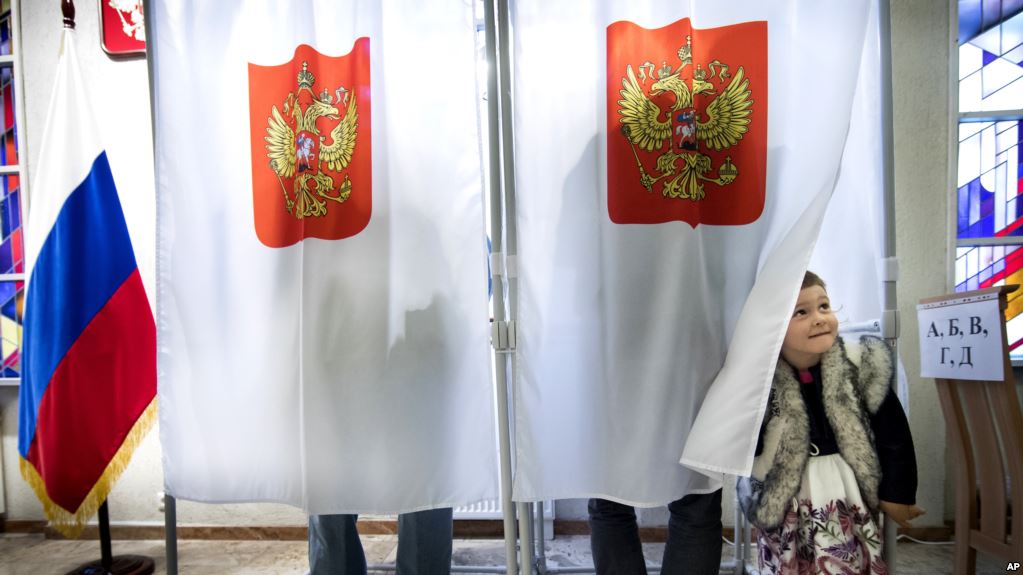
The residents of Moscow will go to polling stations on September 10, 2017, to elect their municipal district deputies. With typically low voter turnout, sometimes in the single digits, these elections regularly garner little attention from the local population and Russian political parties. But this year is different.
Here’s why.
First, there are some impressive numbers which were provided by the Central Election Commission last week. There are 7,665 registered candidates for this election, a 3,503 person increase since the last municipal election. With over 7,000 candidates, there are 30-130 candidates per district creating a 3 to 5-time increase in the candidates per seat ratio.
There has been a 100 percent increase in candidates below the age of 22 and a 50 percent increase in candidates ages of 22 to 35. These young candidates seem to be motivated by the recent protests organized by various opposition groups, but de facto led by Alexei Navalny.
Navalny was able to reach new audiences with anti-Kremlin messaging through his famous anti-corruption investigations that he posts on YouTube. His videos garner much attention and have 1.5 million to 25 million views. Many of his followers are young people who are upset with government corruption and stagnation. With their thirst for change, youth are entering politics for the first time, including some who are becoming candidates.
Unfair access to media has created a landscape where candidate recruitment suffers. Russian political parties are now having to think outside the box when it comes to recruiting new party members. The opposition has used online ads to advertise for candidates. This spring and summer we saw some very clever and well produced YouTube and Facebook campaigns aimed at reaching those who previously had not been interested in politics, but had interest in their district and the city. Additionally, the ads targeted people who shared the same values as pro-democracy groups: opposition to corruption, dissatisfaction with the way the government is handling the economic crisis in Russia, etc. Those interested in becoming candidates were encouraged to visit the headquarters of the party sponsoring the ad to be interviewed and vetted, and finally thoroughly trained on effective campaigning.
Opposition parties performed at varying degrees in their candidate registration process. One outcome that did happen was that the Yabloko party, the PARNAS party, the Solidarity Movement and Open Russia announced that they would run on a pro-democracy united list—this list contained over 800 registered candidates.
Among the 32 political parties which have candidates registered, some of them, as well as some civic groups, are now reaching out to first-time candidates and offering them support such as campaign training, pro-bono legal advice, and other services essential for effective campaigning. Opposition parties view low-turnout elections as opportunities to win because fewer votes are needed for victory– in many districts, 700-800 votes are expected to be enough to win a seat.
Why does this all matter?
In 2018, Moscow will hold an election for mayor. And in order for a party to place a candidate for mayor on the ballot, that party will be legally required to collect at least six percent of the signatures of elected municipal deputies. Kremlin authorities are doing everything to make it a very complicated signature collection process. Additionally, they’re invalidating in bulk signature collection sheets necessary for opposition groups to be legally registered.
But this is not stopping the opposition.
Apart from the notable performance on recruiting new candidates, opposition groups have been training, campaigning, and fundraising. Daily trainings are provided to large groups and individual candidates on campaigning, voter turnout (GOTV), door-to-door campaigning, and working with volunteers. These trainings are essential as many are first-time candidates and have no background in politics. Modern technologies and innovative digital tools have been a large piece of the campaign process. Interactive maps on websites and use of data visualization show that the opposition is ready for the upcoming election.
The Moscow Election Commission team seems to be working hard to make the election appear free and fair. Opposition candidates did not have major issues registering, collecting signatures, opening special bank accounts as required by the election law, and (thus far) campaigning.
For the first time during municipal elections live closed-circuit television cameras will operate at polling stations, and QR codes will be introduced to voting protocols to ensure their integrity and give near real-time reporting on the results. Yet, we’ve already seen some of the usual plays from the Kremlin playbook in action. It has been noted that there has been the use of administrative resources to boost the ruling party candidates.
Historically, these elections are the least rigged in the Russian election system, mainly due to the limited powers of the municipal deputies and equally limited interest among the voters. Nevertheless, given how the local elections affect who participates in the 2018 Presidential and Mayoral elections, one can expect to see heightened interest when people head to the polls this Sunday. And, for this reason, this weekend’s elections are worthy of our attention.
Top